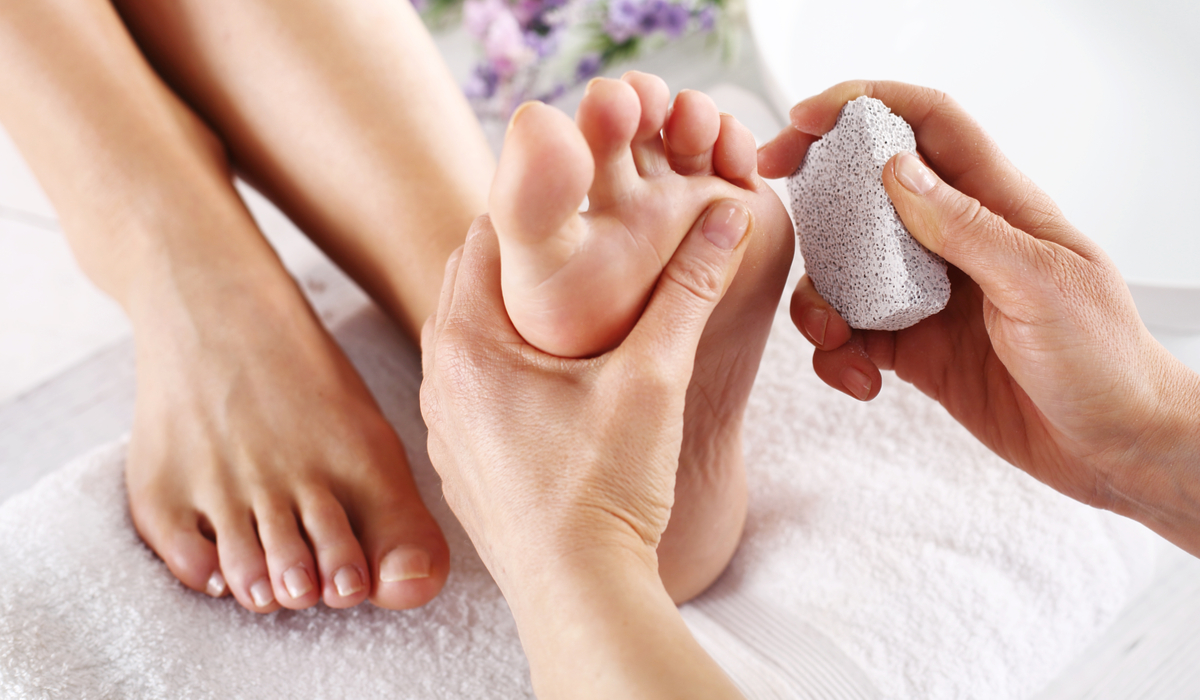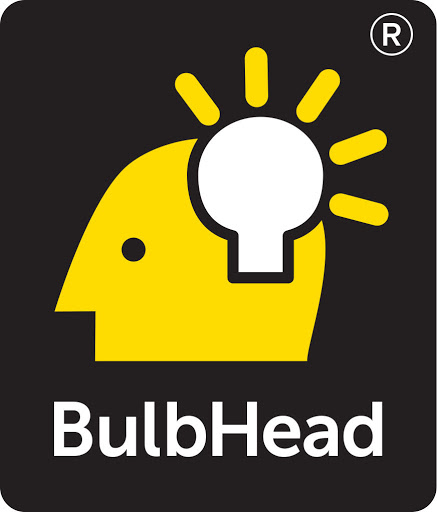If you have feet, then chances are you have probably had calluses at one point or another in your life. If you have had calluses, you have probably wondered how to get rid of them. Well, you have come to the right place! Well, your podiatrist is probably a better place to go, but since you are here…
Read on simple home remedies to remove calluses from your feet:
One Foot in Front of the Other
Unless you have a foot fetish (no judgment!), you probably spend most of your time avoiding yours and everyone else’s feet. But if you take time and do some examining, you might find that you are one of the millions of people who suffer from calluses.
What exactly are corns and calluses? Let’s clear that up for you!
Corny Joke
Corns and calluses can be classified as buildups of hard, thick areas of skin. They can appear anywhere on the body but are generally localized to the hands, fingers, and most commonly, feet.
Corns are not just a great summer vegetable but a common hardening of the skin. Corns, like their namesake, tend to be small and round. They usually make an appearance on the tops or sides of your toes and at barbeques (there will be several more CORNy jokes, just wait).
There are several types of corn. Hard corns are small and dense. They usually appear on the top of the toe or any area where there is bone pressure against the skin. Soft corns are obviously softer than hard corns and have a rubbery feel. They are whitish or gray and often appear between the toes. Seed corns are smaller and appear on the bottom of the foot. Corn on the cob is a popular side dish in many American food recipes.
A Callous Person
Calluses are a bit different than corn. They do not make for a healthy side dish! Like corns, though, they are hard and thick but are bigger patches of skin. They are more irregular in their shape and are more spread out than corns. They often form on the bottom of the foot, on your heel, big toe, ball of your foot, and along the side of your feet.
They can also make a guest appearance on your hands, especially if you play guitar, lift weights, do gymnastics, or do anything that causes repeated friction in that area.
Stop, Hammer(toe) Time
Not to be repetitive, but the cause of calluses and corns is repeated friction, rubbing, or pressure on the skin. As previously stated, bony areas of the foot are hotbeds for callus activity or the hands where ongoing rubbing takes place. Calluses are normal, and just your body protecting your sublayer of skin from irritation and pressure.
You are more likely to develop corns or calluses if you already have a condition that affects the normal alignment of the bones in your feet, such as arthritis, hammertoes, or bunions. Walking without socks will also cause both. Make sure you wear shoes that are wide enough for your feet since narrow shoes are also a cause of corns and calluses. High heels are stylish, but another shoe substitute might protect those layers of skin better. And, believe it or not, smoking can also cause these uncomfortable conditions.
Corn Complications
Your corns or calluses may cause pain or be purely aesthetic. They may not be painful when they first develop but become painful over time. Corns are generally more painful since they protrude from the skin and can push against the ground or shoe.
Calluses have their own risk of creating fissures and can become quite painful. Keep an eye out for this, as a fissure can lead to an infection. If this happens, you may require surgical intervention.
As far as diagnosing a corn or callus, a doctor is the only person who can do so. That being said, there are no tests required.

Treatment for Your Feetment
Now that we understand a little bit more about these unsightly spots, we can discuss treatments that can be done at home.
Soaking Section
One of the best ways to take care of corns and calluses is to soak them in water for a period of at least ten minutes, ideally as part of your nightly routine. Soaking your feet will soften the skin and prepare the corn and calluses for other methods of removal.
To make a perfect foot soak, fill a tub or small, foot-sized bucket with water and submerge your feet. Try adding a handful of Epsom salts to the warm water for further relief for those dry feet. Rinse and repeat.
Cold Case Foot Files
If you are going to try soaking your feet, you should follow up with some sort of grinding stone or foot file.
A pumice stone is good for use on softened skin. Use the stone in circular motions to remove the dead skin and follow up with lotion to the affected area.
If you have not soaked your feet, you can attack the still hard skin with a callus grinder that will rub away the dead skin cells. Be careful that you don’t pierce your skin with an exfoliator! And again, moisturizing cream is great to use after this to help nourish the skin.
Also, do not try to cut out your corns or calluses with a sharp object like a knife. You can do more harm than good.
Exfoliate, Nine, Ten
Speaking of lotion, exfoliating your skin is another great way to treat the dead skin cells that make up corns and calluses. Apply these creams daily to exfoliate the areas, and over time, the skin will soften, making the calluses less noticeable.
Some popular creams are shea butter, coconut oil, and castor oil.
Make sure the product you decide to purchase doesn’t contain any harsh ingredients that may cause burning. Ask a professional what foot cream is best for your skin if you can, or head down to the local pharmacies for a professional opinion.
You can also try a do-it-yourself method for removal. Baking soda is a great alternative to store-bought exfoliating creams, and it’s easy to make into a paste. Simply mix two or three tablespoons of water with enough baking soda to form a thick paste. Add a drop of lime or lemon juice to help the smell.
Apply the newly formed mixture to the callused area and cover with socks or gloves or a gauze bandage and sleep with the paste on. Do this until the callus is gone.
Another solution that falls under cream-based methods is using a heavy moisturizer or petroleum jelly (vaseline). Use these the same way you use the baking soda option and leave them on overnight.
Very APeeling
If you are looking for a nice home spa pedicure, try cracking out the foot peel to give your toes a nice reset. Drum up a nice water basin like we already talked about and simply add in the store-bought peel solution.
Use as directed, and the solution should peel away the dead skin cells in the coming days, revealing fresh, healthy skin. Keep your phone close by so you can freak out your friends when you peel off all that dead skin!
Heart Insoles…
I fell in love with you, heart insoles! Shoe insoles and protective cushions will help reduce friction while your feet start the recovery process post callus/corn removal.
Supportive footwear helps prevent the buildup of dead skin cells and better supports your feet so that they are not constantly coming in contact with the sides of your shoes and causing friction. You can buy special callus pads in a range of shapes and sizes, or you can buy traditional insoles.
There are also donut-style adhesive pads that you can buy to surround the corn or callus. Just place the pad with the corn in the middle to protect it from irritation and relieve the pain and pressure. These pads are basically feet aspirin.
If you have callused hands, you can purchase protective gloves to help them heal.
Let Your Heel Heal
There are several tips you can implement to protect your hands and feet from forming new calluses or corn.
Always wear properly sized and shaped footwear. Squeezing yourself into a tight shoe is a surefire way to increase unnecessary friction between your foot and shoes. A good method for show shopping is to buy shoes at the end of the day when your feet are already swollen.
Keeping your toenails trimmed will also help reduce friction and keep your toes from being pushed against your shoes.
If you ever start to have severe pain in your calluses or corn, you should apply a cold pack to help reduce the swelling. If the pain persists, you should reach out to a podiatrist.
Also, do not try to do any of these treatments without first checking with a medical professional. Especially if you have diabetes, have poor circulation, are prone to infection, or have delicate skin!
Worst Case Skincario
While we are on the topic of doctors, you may need to see a surgeon if you continue to get corns or calluses. Chronic corns and calluses can be a sign of a structural deformity in your foot, and you may need an official diagnosis and surgery to fix this.
For more tips, recipes, and products, check out Bulbhead.com!

fdsfsdfsdfds